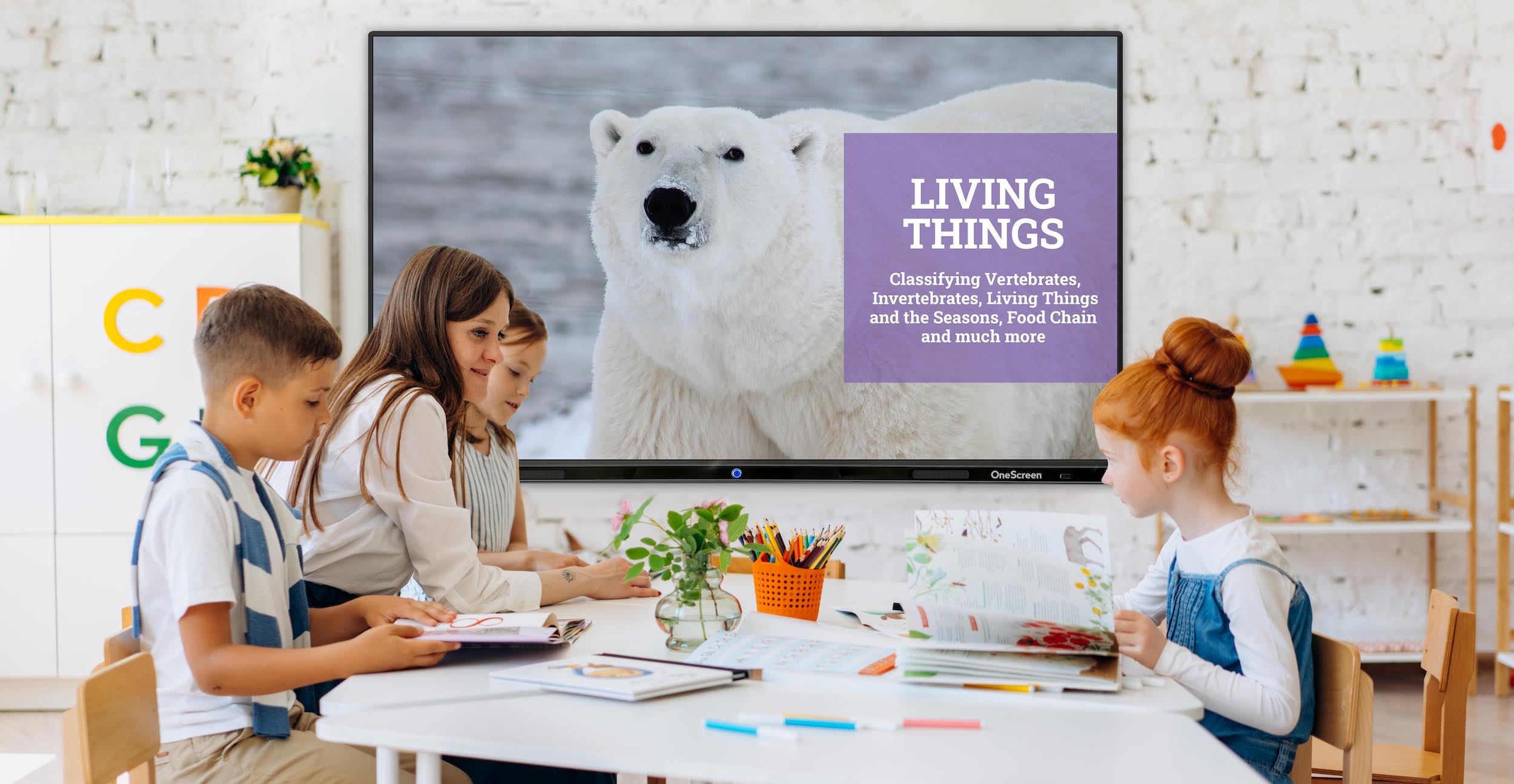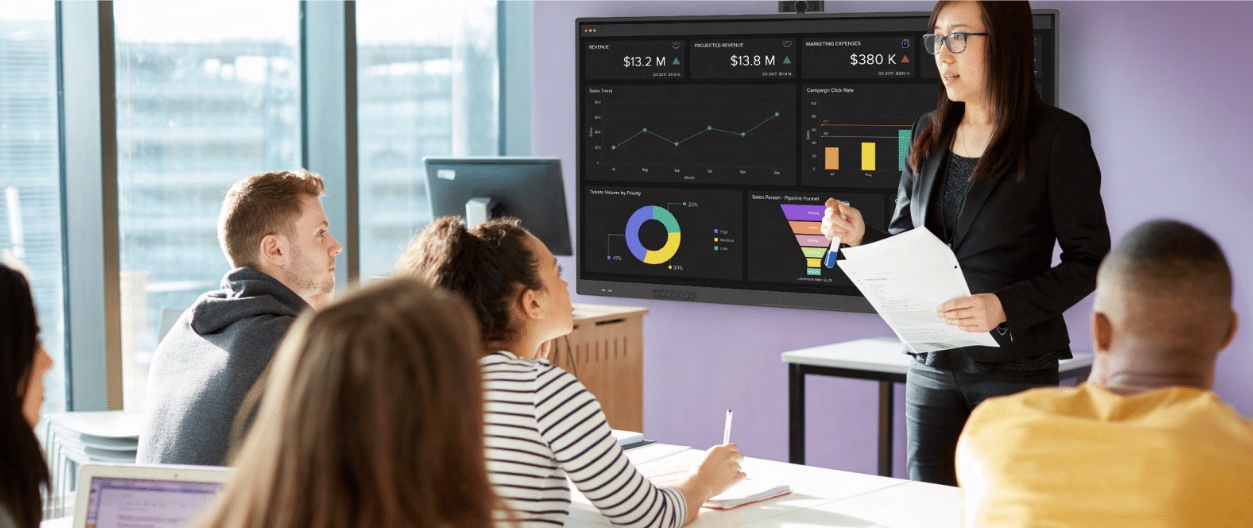
Hybrid Learning Challenges
The world of education is on a path to establishing a hybrid model as its ultimate expression.

The world of education is on a path to establishing a hybrid model as its ultimate expression.

The school of thought pertaining to the educational platform has changed since the onset of the pandemic. Technological advancements continue to transform the educational landscape and provide unique student learning opportunities and time saving measures for educators.

More than ever, technology in central to education. The abundance of technological tools for the classroom have grown exponentially in recent years as educators navigate remote, hybrid, and blended learning environments in the wake of a global pandemic.

After gathering momentum in 2021, OneScreen is breaking new ground, both literally and figuratively in the year ahead.

Technology in the classroom isn’t a new concept by any means. Ancient Greece had a very tech-forward education system, as did Ancient China and the Middle East.

In recent years, the need for the right technology in the classroom has grown dramatically. Initially, school staff were resistant to change for several reasons – teachers didn’t want to spend additional time learning new systems, IT was wary of supporting it, and traditionalists suggested reducing screen time in the classroom, note-taking on devices and really, anything that ventured beyond the prototypical paper, pencil, and textbook.
 Smart Board Trends of 2022
Smart Board Trends of 2022Schools everywhere have rushed to buy EdTech over the past two years during the rapid transition from traditional to fully remote learning before setting in on a hybrid plan of action. In a new survey of school leaders by EdWeek, smart boards and interactive flat panels are taking on a leading role in the future of education.
All school leaders face essentially the same problem when it comes to purchasing technology for the classroom:
How do I know that what I buy will make a difference in improving student performance?
The days of struggling with needlessly complex collaboration technology are ending and a new era of intuitive, simple, less technical collaboration is beginning.

Technology in the classroom is increasingly important as the world goes digital. It’s not at all unusual to see even young students know more than their teachers with some of the latest devices.